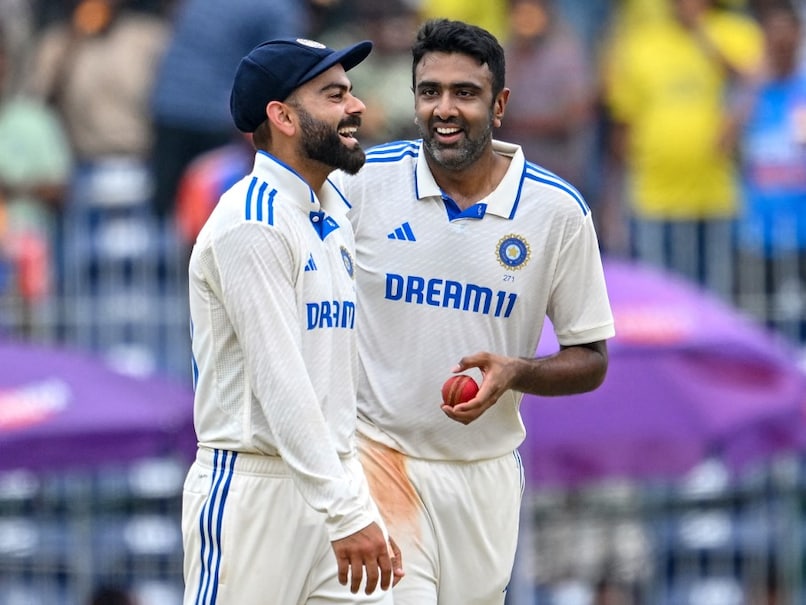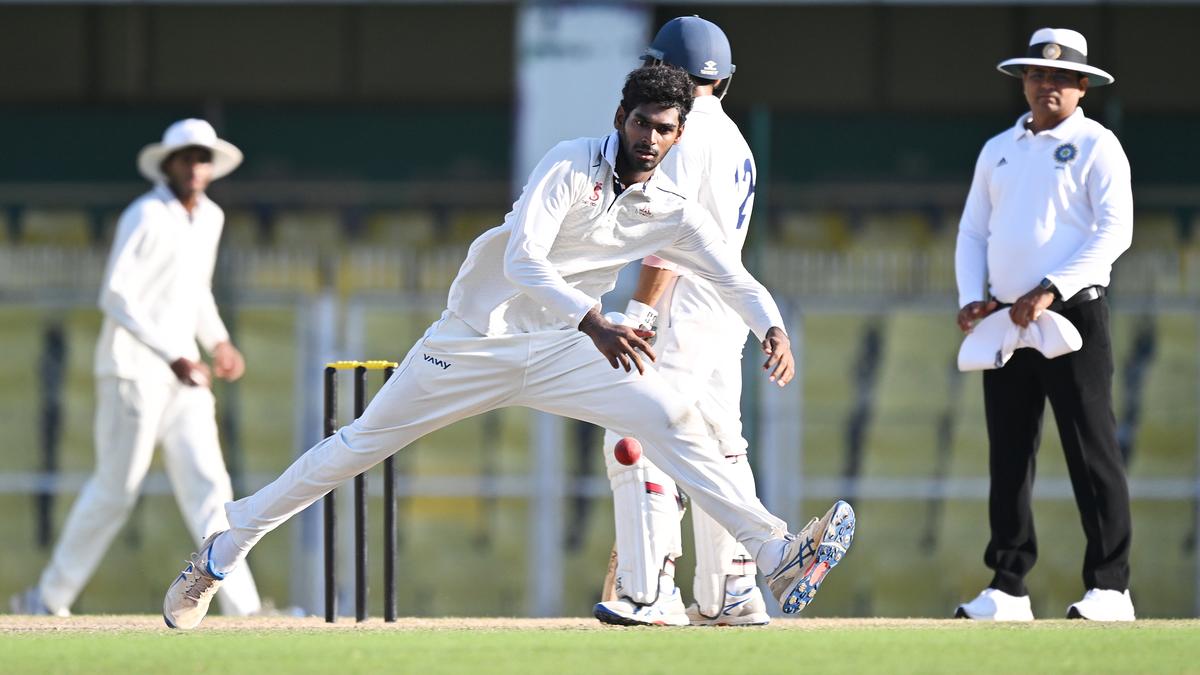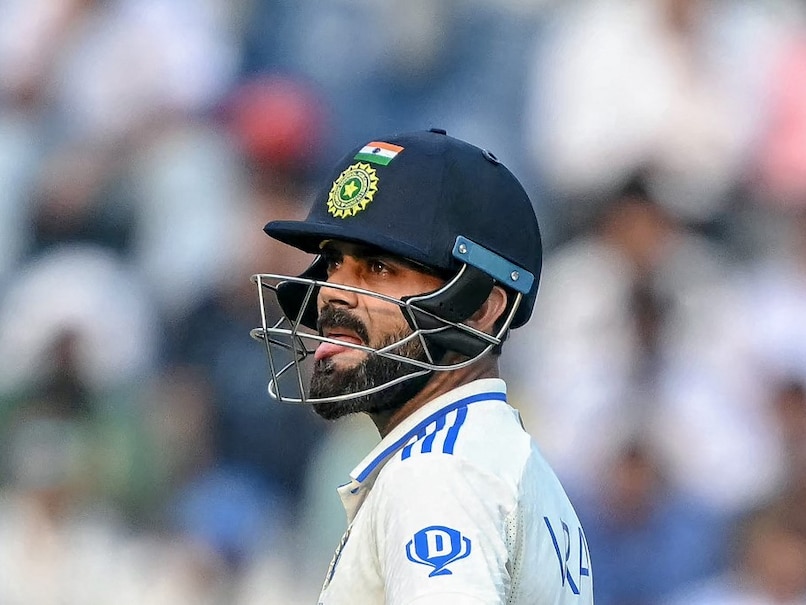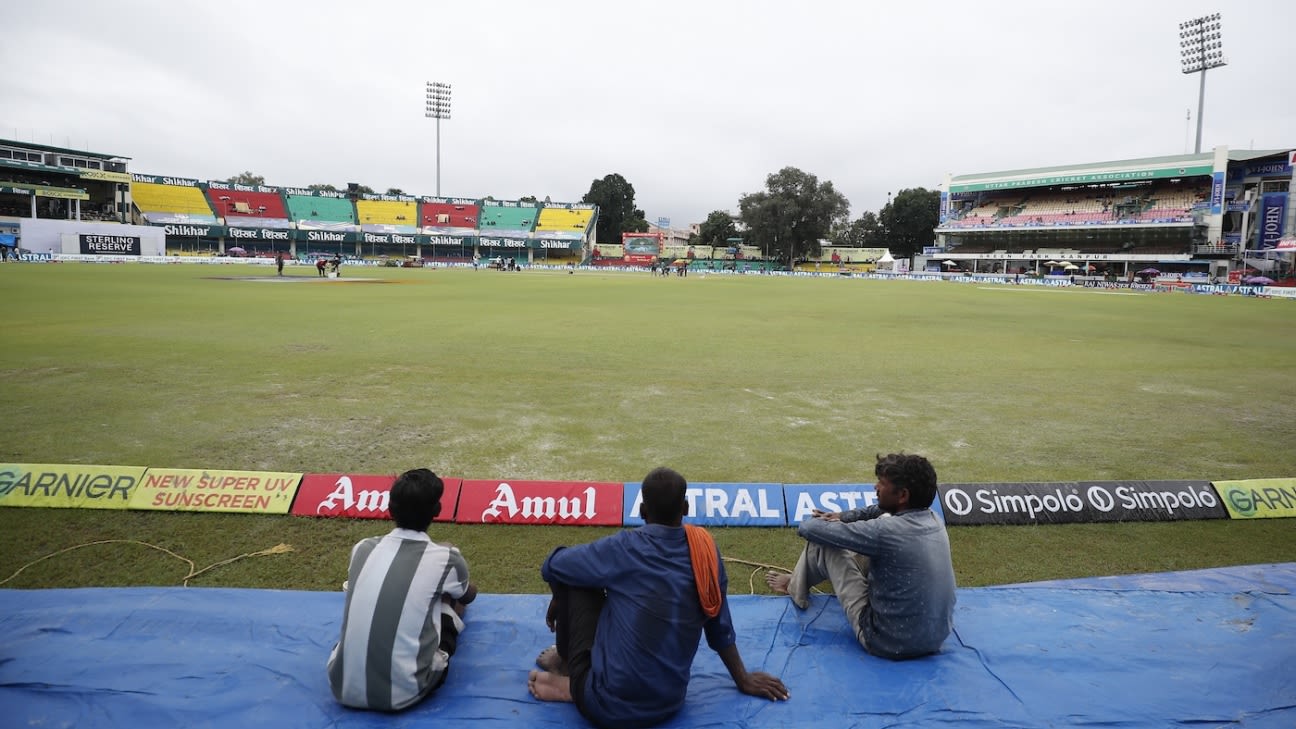Indian cricket team’s star spinner Ravichandran Ashwin has etched his name in the annals of Test cricket history by becoming the first bowler to claim at least 50 wickets in all three editions of the World Test Championship (WTC). Ashwin’s remarkable feat was achieved on Day 4 of the second Test match against Bangladesh in Kanpur, where he dismissed Shakib Al Hasan for 9.
As the top-ranked Test bowler in the world, Ashwin has reached the milestone in just 10 matches, making him the second-highest wicket-taker in WTC history behind Australia’s Nathan Lyon. Additionally, Ashwin has equaled Zaheer Khan’s record of taking the most wickets in India-Bangladesh Test matches, with both bowlers having claimed 31 wickets each.
However, the issue of multiple Test match venues in India has come under scrutiny once again after Day 3 of the Kanpur Test was delayed due to poor drainage at the Green Park stadium. Veteran off-spinner Ravichandran Ashwin has weighed in on the debate, offering both the advantages and disadvantages of the current system.
Ashwin believes that having numerous Test venues across India has the benefit of promoting cricket at the grassroots level. “It triggers that sort of urgency and passion among cricketers to be able to come and play for this country,” he said. “That is a big positive.”
He also highlighted how allowing more venues to host Test matches has opened doors for cricketers from diverse regions, nurturing the sport in areas that might otherwise be overlooked. In a country as vast as India, this inclusivity fosters a sense of national pride and opportunity for aspiring players across the nation.
However, Ashwin acknowledged the challenges associated with having such a broad range of Test venues. Referring to the drainage issues at the Kanpur ground, he pointed out that certain facilities are critical to hosting a Test match at the highest level. “There are certain requisite ingredients that are important to host a Test match, and these were lacking in Kanpur,” he said.
Despite the inclusivity and passion generated by having many Test centres, Ashwin also recognized the advantages of having fewer, designated Test venues, similar to what other cricketing nations follow. He cited Australia and England as examples of countries with fixed Test match venues and specific times of the year to host games.
“We go to Australia, they play India only at five Test centres. They don’t play us at the Manuka Oval in Canberra,” Ashwin noted. “They won’t be very familiar with the conditions. So does England. They have certain select Test centres, and that’s where they play. Some of those are only white-ball centres.”






